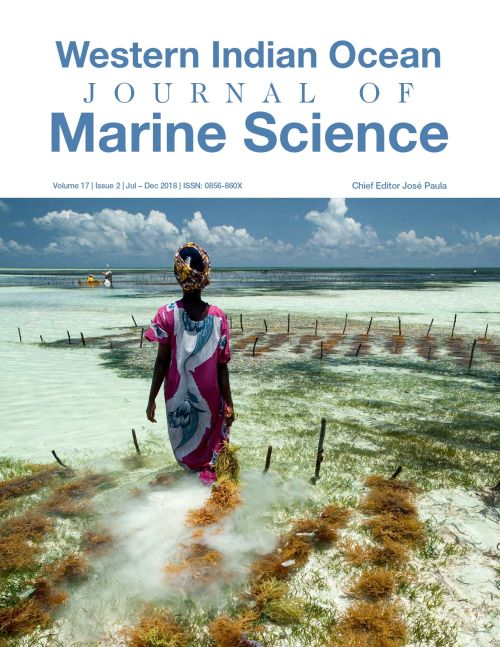Main Article Content
Indicators of stock status for large-pelagic fish based on length composition from driftnet fisheries in Zanzibar
Abstract
Small-scale fisheries (SSF) contribute to approximately half of the total landings of tuna and tuna-like species in the Indian Ocean and are an important form of employment and source of protein. Research into the properties and dynamics of SSF in East Africa are important for the assessment and sustainable management of fish stocks, however, detailed fisheries data are often inadequate or absent. Fisheries-dependent data on driftnet fisheries in Zanzibar, Tanzania, was collected during the northeast monsoon seasons in 2014 and 2015. The data describes the properties of the driftnet fisheries and allows for comparisons of the length composition of the landings of the SSF with large-scale industrial fisheries (IF) fishing in Tanzania’s Exclusive Economic Zone (EEZ). This data also facil- itates the calculation of stock indicators for the five most abundant tuna and tuna-like species landed in Zanzibar. Results show that the two fisheries (SSF and IF) exploit the same stocks, and landings are representative of a similar length composition, while operating in different parts of Tanzania’s EEZ. High exploitation rates, above reference levels for all species were calculated, in agreement with official assessments by the IOTC, and suggest that calls for the expansion of the SSF should be reconsidered. The assessment and management of straddling stocks are dis- cussed, as well as solutions to challenges faced by local observer programmes.





